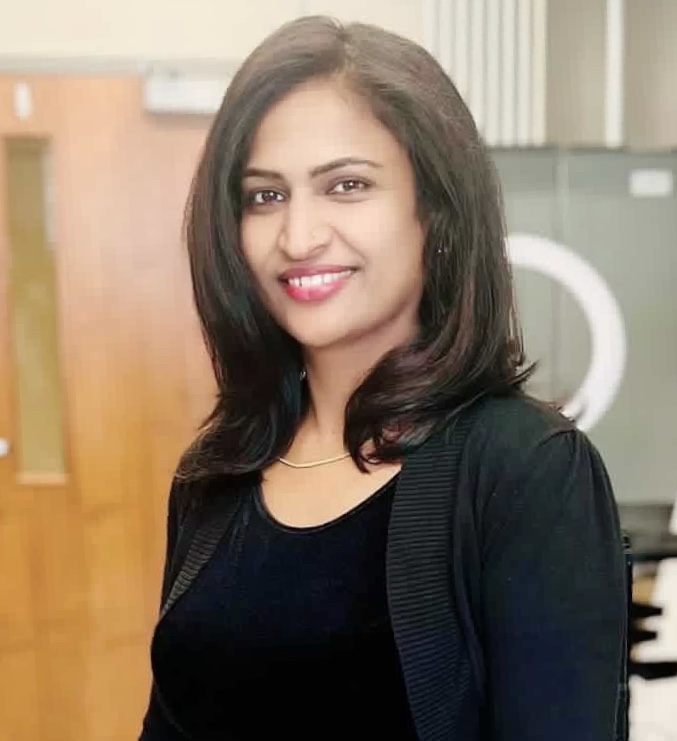Chandrayaan-2 mission is a highly complex mission, which represents a significant technological leap compared to the previous missions of ISRO. It comprised an Orbiter, Lander and Rover to explore the unexplored South Pole of the Moon. The mission is designed to expand the lunar scientific knowledge through detailed study of topography, seismography, mineral identification and distribution, surface chemical composition, thermo-physical characteristics of top soil and composition of the tenuous lunar atmosphere, leading to a new understanding of the origin and evolution of the Moon.
After the injection of Chandrayaan-2, a series of maneuvers were carried out to raise its orbit and on August 14, 2019, following Trans Lunar Insertion (TLI) maneuver, the spacecraft escaped from orbiting the earth and followed a path that took it to the vicinity of the Moon. On August 20, 2019, Chandrayaan-2 was successfully inserted into lunar orbit. While orbiting the moon in a 100 km lunar polar orbit, on September 02, 2019, Vikram Lander was separated from the Orbiter in preparation for landing. Subsequently, two de-orbit maneuvers were performed on Vikram Lander so as to change its orbit and begin circling the moon in a 100 km x 35 km orbit. Vikram Lander descent was as planned and normal performance was observed upto an altitude of 2.1 km. Subsequently communication from lander to the ground stations was lost.
The Orbiter placed in its intended orbit around the Moon will enrich our understanding of the moon’s evolution and mapping of the minerals and water molecules in Polar regions, using its eight state-of-the-art scientific instruments. The Orbiter camera is the highest resolution camera (0.3 m) in any lunar mission so far and will provide high resolution images which will be immensely useful to the global scientific community. The precise launch and mission management has ensured a long life of almost seven years instead of the planned one year.
The Moon is the closest cosmic body at which space discovery can be attempted and documented. It is also a promising test bed to demonstrate technologies required for deep-space missions. Chandrayaan-2 aims for enhancing our understanding of the Moon, stimulate the advancement of technology, promote global alliances and inspire a future generation of explorers and scientists.
Moon provides the best linkage to Earth’s early history. It offers an undisturbed historical record of the inner Solar system environment. Though there are a few mature models, further explanations were needed to understand the origin of the Moon. Extensive mapping of lunar surface to study variations in lunar surface were essential to trace back the origin and evolution of the Moon. Evidence for water molecules discovered by Chandrayaan-1, required further studies on the extent of water molecule distribution on the surface, below the surface and in the tenuous lunar exosphere to address the origin of water on Moon.
The Lunar South pole is especially interesting because of the lunar surface area that remains in shadow is much larger than that at the North Pole. There could be a possibility of presence of water in permanently shadowed areas around it. In addition, South Pole region has craters that are cold traps and contain a fossil record of the early Solar System.

Chandrayan – 3
The lander for Chandrayaan-3 will have only four throttle-able engines unlike Vikram on Chandrayaan-2 which had five 800 N engines with a fifth one being centrally mounted with a fixed thrust. Additionally, the Chandrayaan-3 lander will be equipped with a Laser Doppler Velocimeter. The impact legs are made stronger compared to Chandrayaan-2 and increased instrumentation redundancy. ISRO is working on improving the structural rigidity and adding multiple contingency systems


